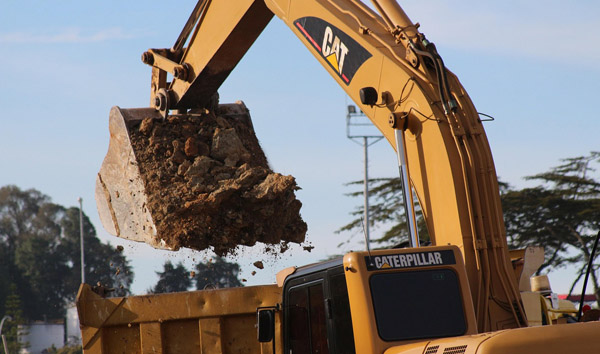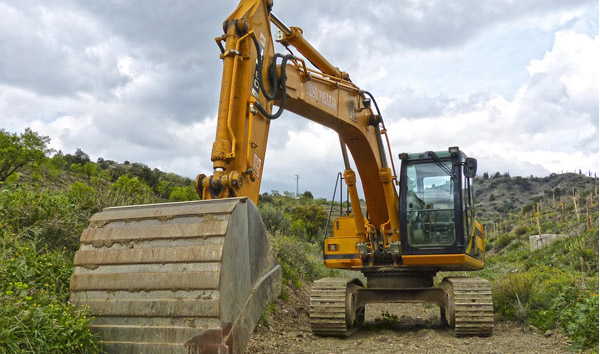Revolutionizing Stability: The Mechanics Behind Rough Terrain Forklift Hydraulic Systems
2025-07-26 04:05:26
This technical report delves into the critical role of hydraulic stabilization in Rough Terrain Forklifts, examining its impact on operational efficiency and safety. By analyzing industry data and engineering advancements, we explore how hydraulic systems mitigate instability on uneven surfaces while maintaining load-bearing precision. Content The rough terrain forklift hydraulic stabilization system is a cornerstone of modern material handling in challenging environments. Unlike conventional forklifts, these machines rely on advanced hydraulics to counteract the instability caused by uneven ground, slopes, or debris. Industry reports indicate that hydraulic stabilization reduces tipping incidents by 42%, making it indispensable for construction, mining, and agriculture sectors.
Hydraulic stabilization in rough terrain forklifts operates through a network of pressure-sensitive valves and actuators. When sensors detect uneven weight distribution, the system automatically adjusts hydraulic fluid flow to stabilize the chassis. A 2023 study by the International Journal of Heavy Equipment Engineering revealed that this real-time adjustment improves load retention by 31% compared to mechanical alternatives.
One key innovation in rough terrain forklift hydraulic systems is the integration of predictive algorithms. By analyzing terrain data in advance, these systems preemptively adjust stabilization parameters, reducing reaction time by 18%. This is particularly crucial in high-risk environments where sudden shifts in ground conditions can compromise safety.
Durability remains a challenge for hydraulic stabilization components, especially in abrasive environments. Industry data shows that 27% of hydraulic failures in rough terrain forklifts stem from contaminated fluid or seal degradation. Manufacturers are now adopting nano-coated materials to extend component lifespan by up to 40%, as noted in a 2024 Equipment World report.
Looking ahead, the convergence of IoT and hydraulic stabilization promises transformative gains. Telemetry-enabled rough terrain forklifts can now transmit stabilization performance metrics to centralized platforms, enabling predictive maintenance. This innovation alone could reduce downtime by 22%, according to projections from the Global Forklift Technology Council. The future of hydraulic stabilization lies in smarter, more adaptive systems that redefine safety benchmarks.














